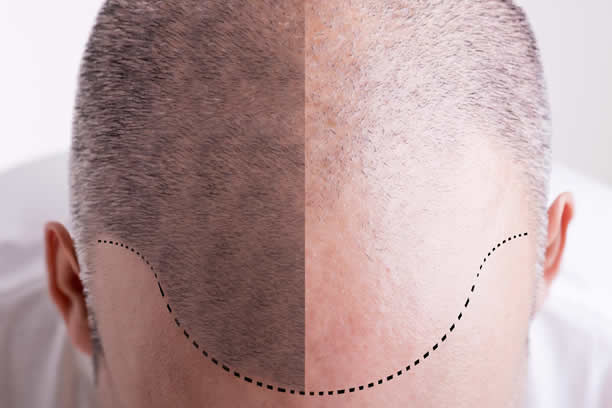Follow-up and Maintenance Procedures for Hair Transplants
Congratulations on your new head of hair! You’ve just undergone a hair transplant procedure, and we understand you’re eager to maintain those luscious locks for years to come. Proper follow-up and maintenance are essential for achieving long-lasting and natural-looking results. Here are ten crucial steps to help you take care of your newly transplanted hair:
Post-Surgery Care: Follow your surgeon’s instructions diligently during the initial healing period. Avoid touching or scratching the transplanted area, and keep it clean and dry.
Medication Adherence: Take any prescribed medications as directed by your surgeon. These may include antibiotics or anti-inflammatory drugs to prevent infection and minimize swelling.
Gentle Shampooing: Begin shampooing your hair as per your surgeon’s guidelines, usually after a few days. Use a mild, sulfate-free shampoo and avoid vigorous rubbing.
Avoid Smoking and Alcohol: Steer clear of smoking and alcohol during the recovery phase, as they can hinder the healing process and affect the growth of new hair.
Sun Protection: Shield your scalp from direct sunlight by wearing a hat or using sunscreen with a high SPF when outdoors.

Patience is Key: Be patient with the hair growth process. It may take several months before you notice significant improvements, as the transplanted hairs undergo a shedding phase before regrowth.
Regular Check-ups: Schedule follow-up appointments with your surgeon as advised. These visits allow them to monitor your progress and make any necessary adjustments.
Haircare Routine: Adopt a healthy haircare routine to promote the growth of your transplanted hair and maintain the existing hair. Use conditioner to keep the strands nourished.
Avoid Trauma: Be cautious when engaging in activities that could potentially traumatize the scalp, such as intense sports or heavy lifting.
Stay Stress-Free: Stress can impact hair growth, so practice relaxation techniques like yoga or meditation to keep your mind and body at ease.
By following these straightforward guidelines, you can ensure that your hair transplant investment yields remarkable and long-lasting results. Remember that each individual’s hair growth journey is unique, so it’s crucial to maintain open communication with your surgeon throughout the process.







